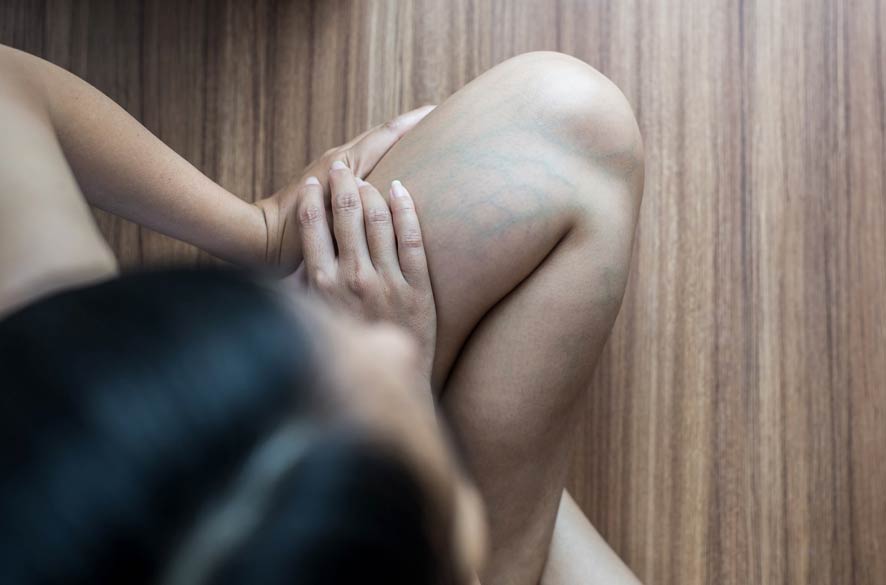Risk Factors for Varicose Veins
While varicose veins may only be cosmetic concerns for some, they can cause serious pain and discomfort to others. If you’re worried about developing varicose veins, it pays to be more knowledgeable about its risk factors so you can implement preventive measures and delay or avoid its onset. These factors increase your risk of developing varicose veins:
Genetics
A family history of varicose veins strongly influences your chances of developing varicose veins. If both parents are affected, you have a 90% chance of developing varicose veins.
Age
Leg veins and venous valves become weaker with advancing age as they go through general wear and tear. This may be the result of recurrent tiny blood clots (known as micro-thrombi) or elevated pressure on the vein walls.
Hormones
Hormones increase the stretchiness (known as laxity) of vein walls. Many women suffer from varicose veins during pregnancy and menopause due to hormonal fluctuations. Furthermore, although we think of progesterone as a female hormone, it is also produced by males.
Pregnancy
Increasing number of full-term pregnancies will increase a woman’s risk of developing varicose and spider veins. The increased volume of blood circulating in the body elevates the pressure on the pelvic and leg veins from the growing uterus and increases the levels of hormones.
Obesity
Weight gain increases the amount of pressure on the main veins of the abdomen, pelvis, and legs. This can contribute to the formation of varicose veins.
Lifestyle factors
Although they will not cause the condition, any activity that prevents the calf and foot muscle pumps from functioning effectively or puts added stress on the valves can contribute to varicose veins. These include prolonged periods of standing or sitting, and sports that rely on the legs to support extra weight over a long period of time such as skiing and weightlifting. If you stay in the same position for long periods, it is best to stretch your legs in regular intervals to encourage better blood flow.
Trauma and blood clots
A previous history of blood clots in the leg can increase the risk of developing varicose veins. A history of trauma to a leg can result in damage to the vein walls and valves and leave them predisposed to varicose veins.
Vein care at Palm Clinic
If you’re worried about developing varicose veins or are worried that your current condition will worsen, our vein care experts here at Palm Clinic can help. As Auckland’s leading vein clinic, we have a highly skilled team that treat you with the utmost care and understanding. Book a consultation today and we can talk you through vein treatment plans to consider.

